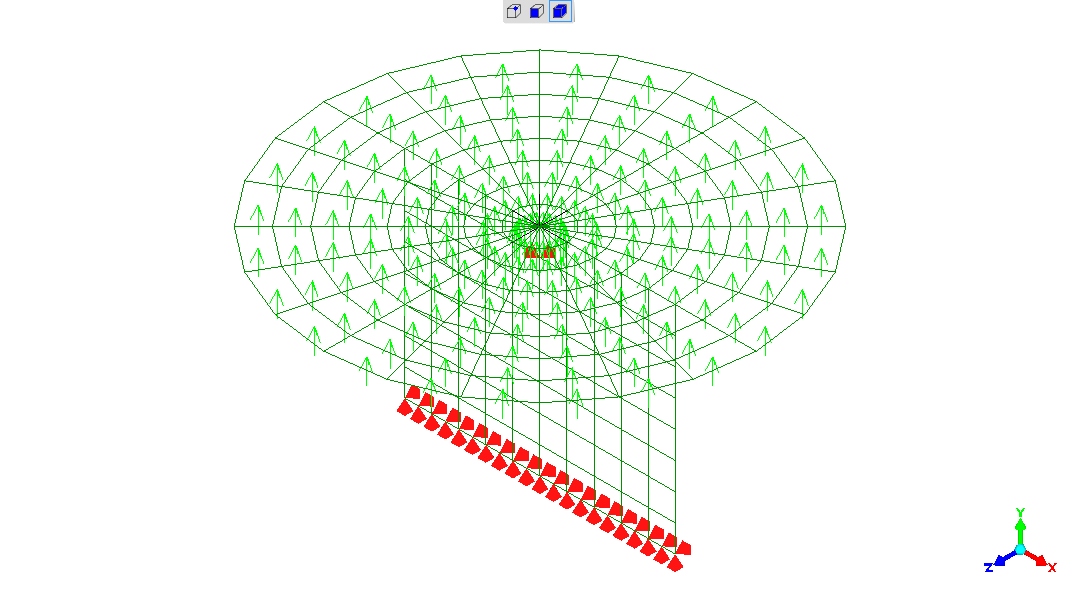
Largely without explanation...
(explanation takes many times longer than technically finding whether
a method works well)
Shows "piston" with minimal stiffening performs vastly better than piston which is simple disc with no stiffening.
"Piston" is 400mm diameter and 40mm thickness, subject to same
pressure and same restraint of plate-section "piston rod" in both
cases.
That pressure is 200bar (20MPa).
Only "conditions" difference is absence or presence of stiffeners. The stiffeners being 20mm thickness and 100mm tall.
Note that, in the rendered FEA output, the magnification of elastic deformation is different between "simple" and "stiffened" cases...
Elastic deformation magnification is 15X

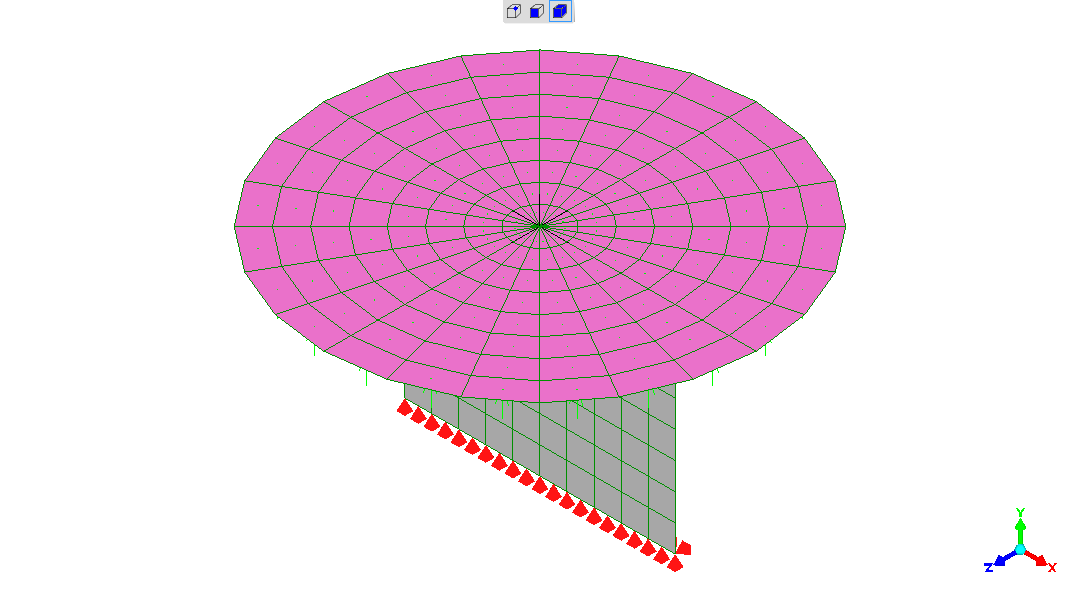
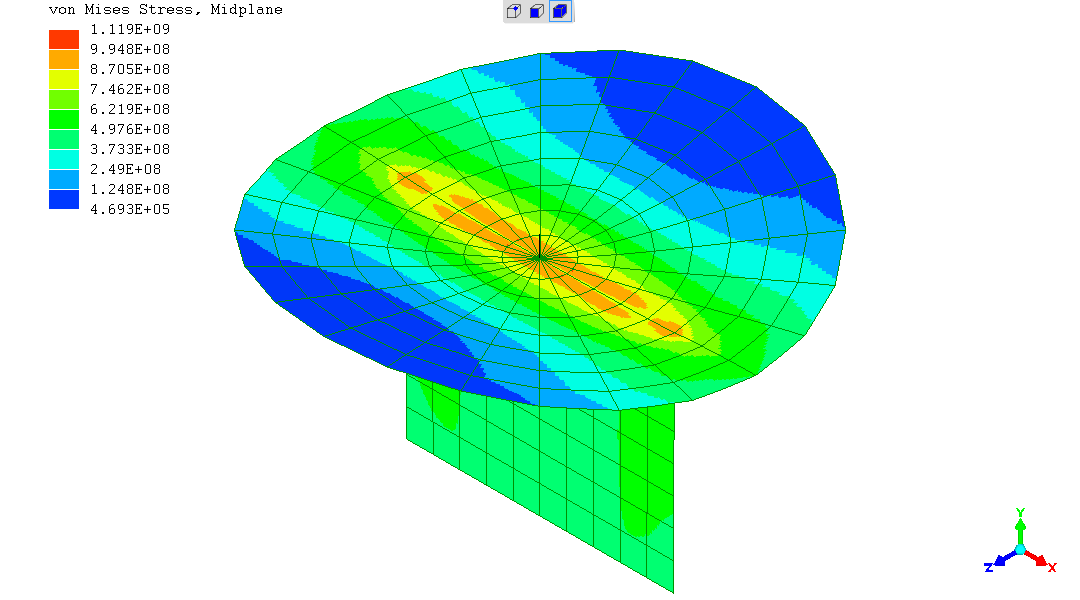
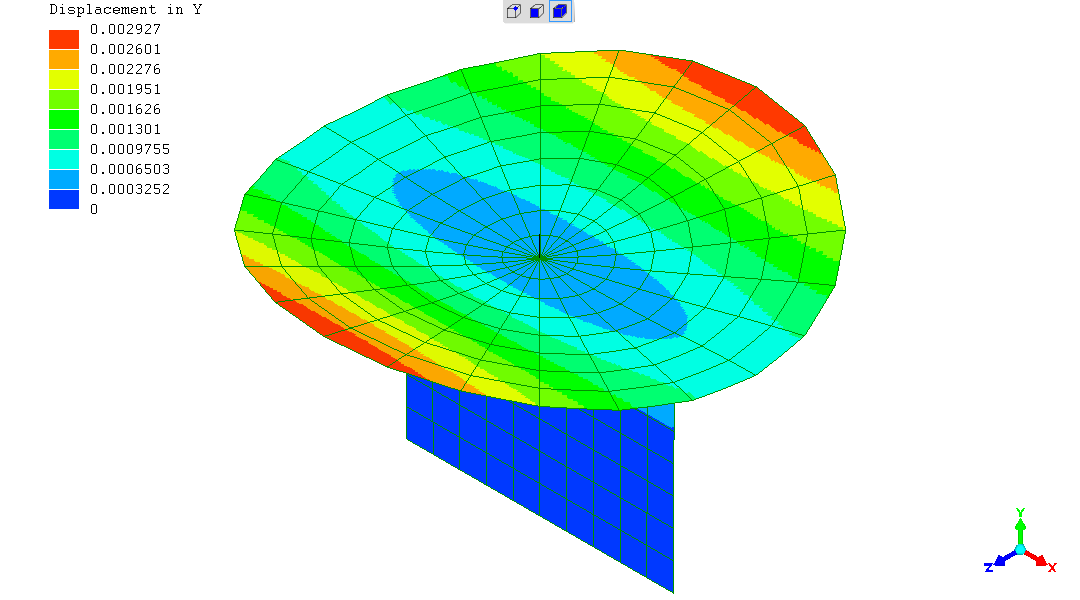
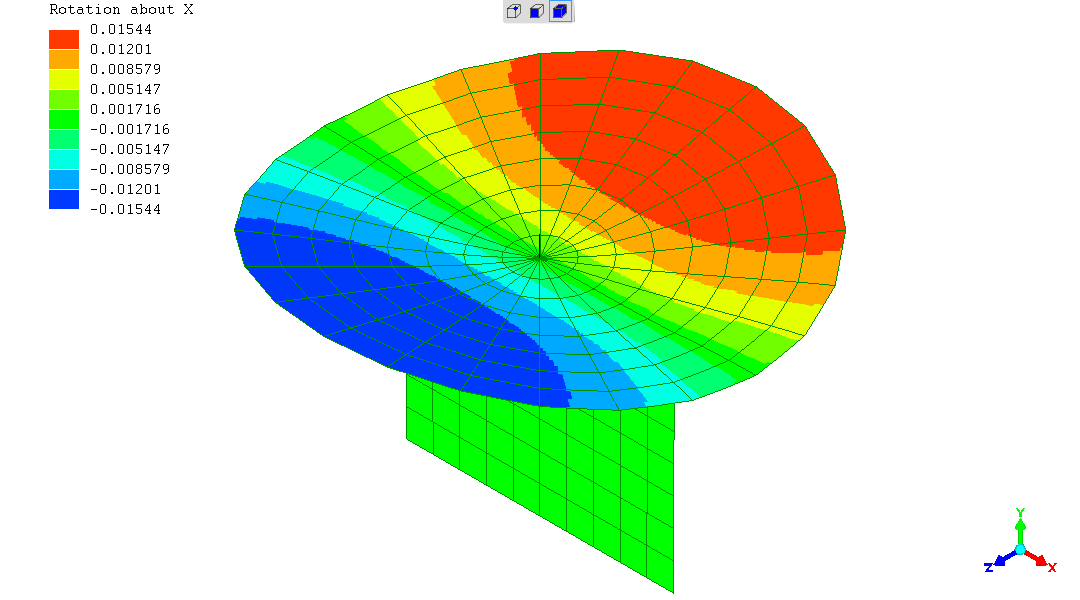
Elastic deformation magnification is 50X
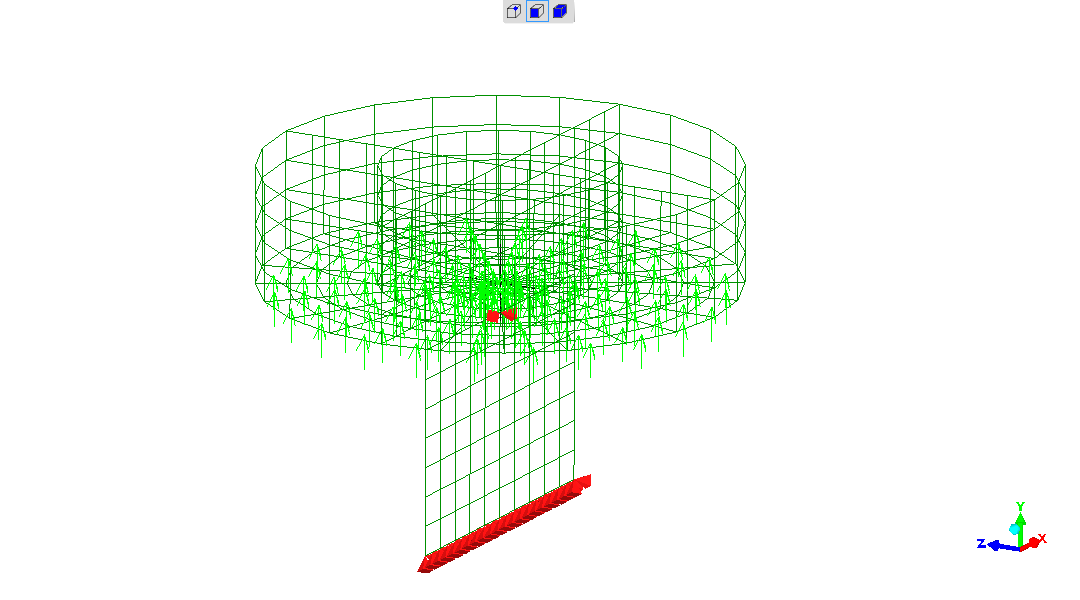
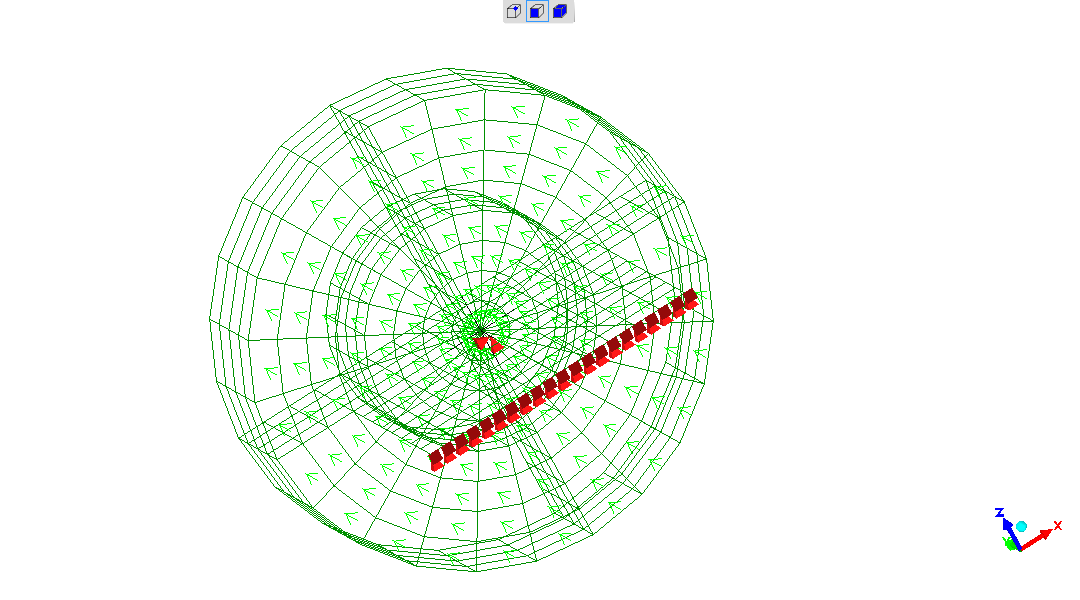
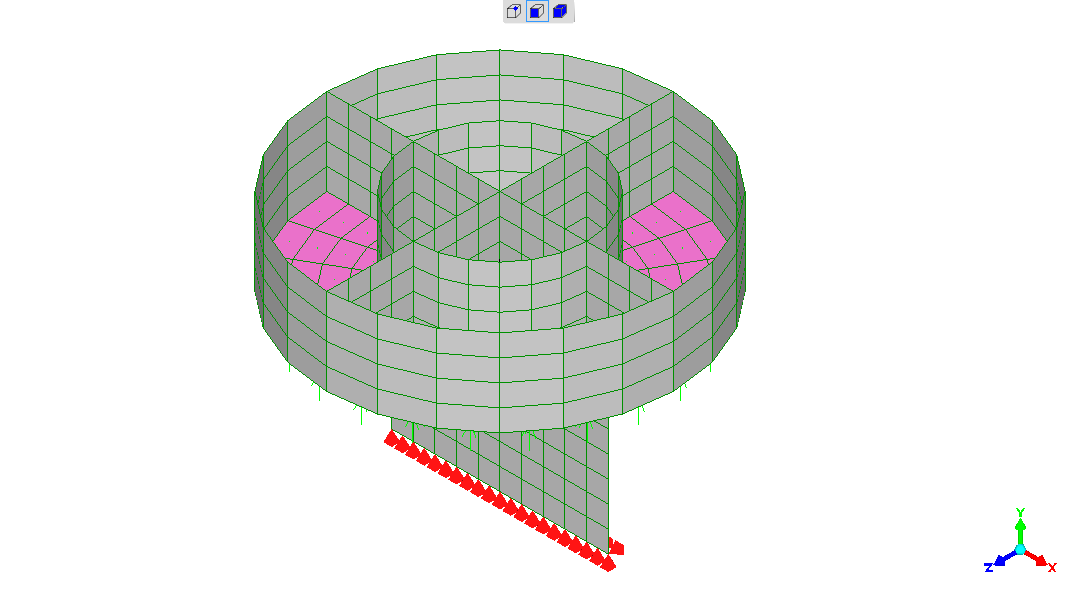
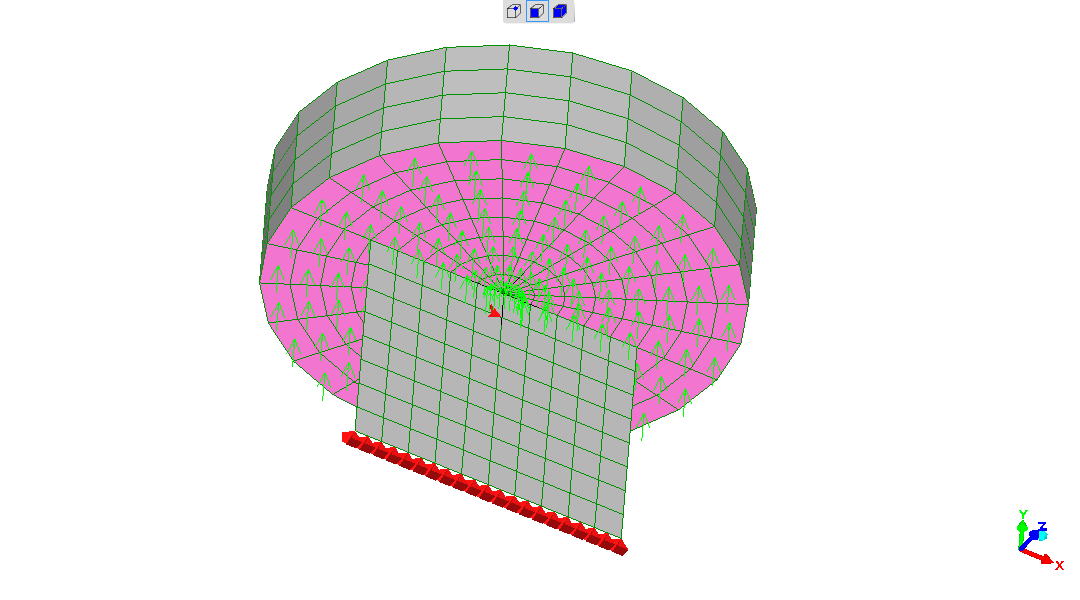
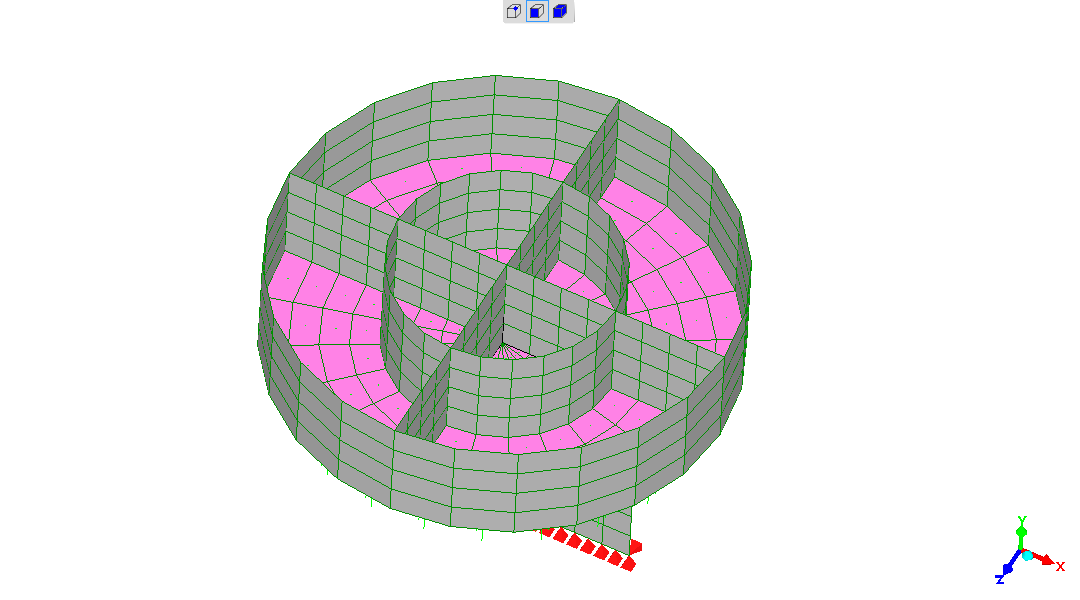
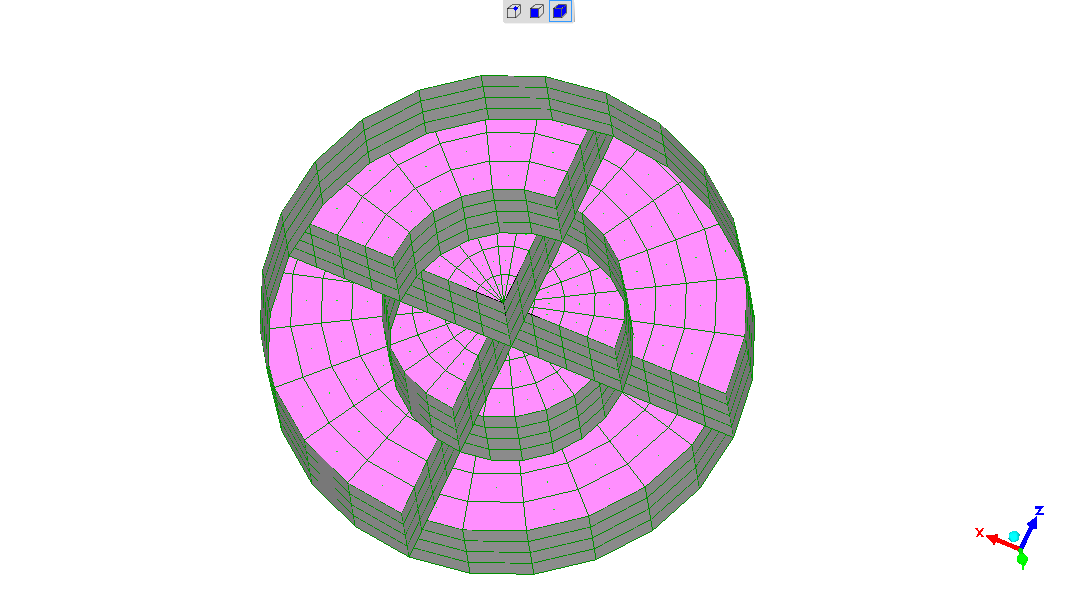
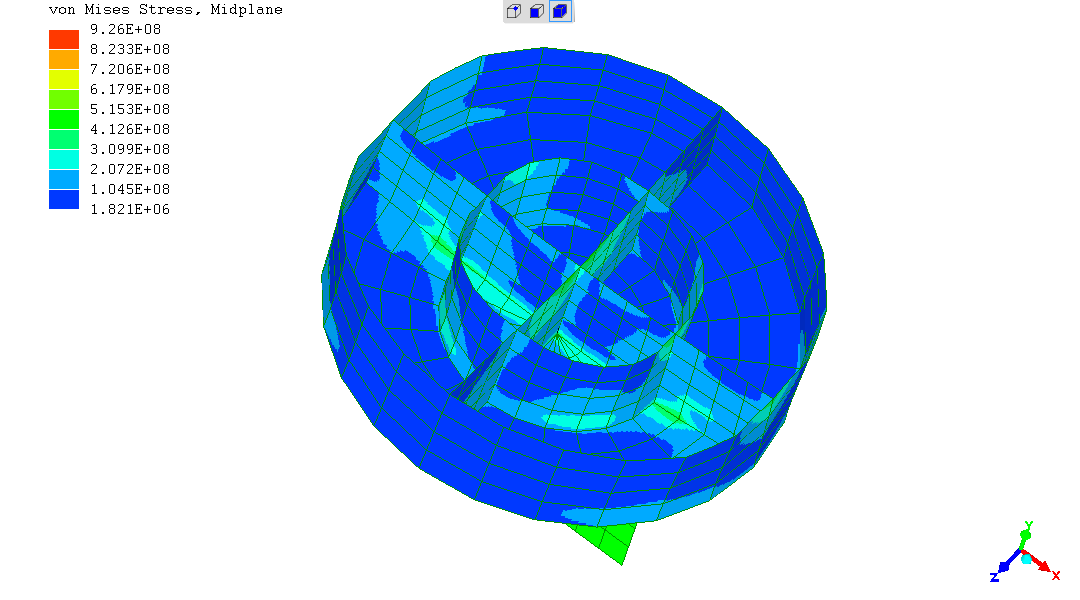
It is seen the highest deflection is about 0.001m (1mm), and the lowest deflection in the piston is about 0.00055m (0.55mm), so the highest axial deflection of the piston is about 0.45mm.
Rotation shows the piston geometry is "lozenging" ?
With overall cylindrical shape largely maintained. See following "x"
and "z" - these are small(ish).
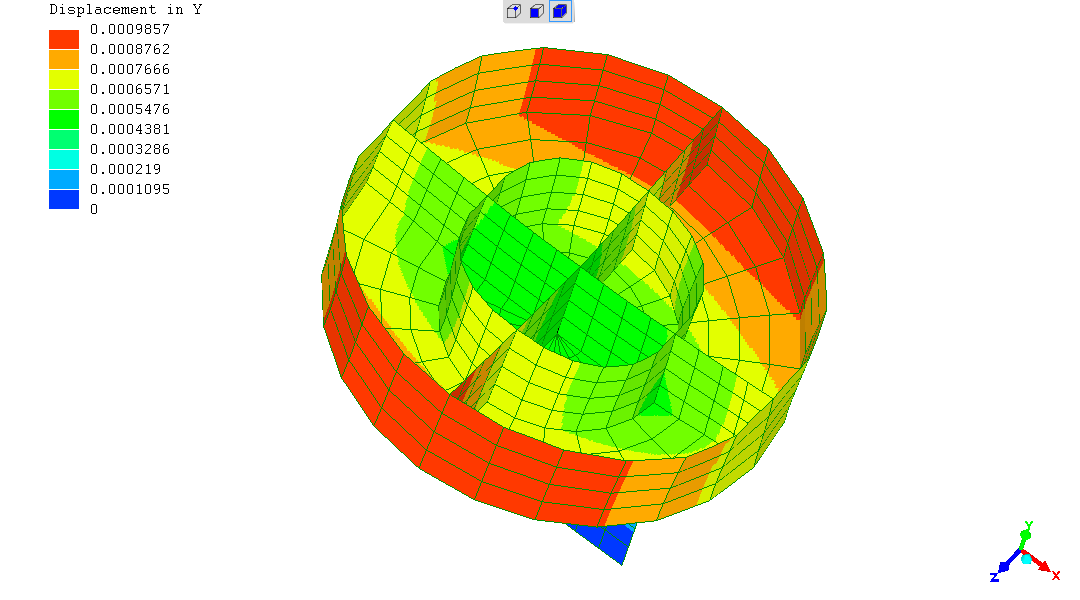
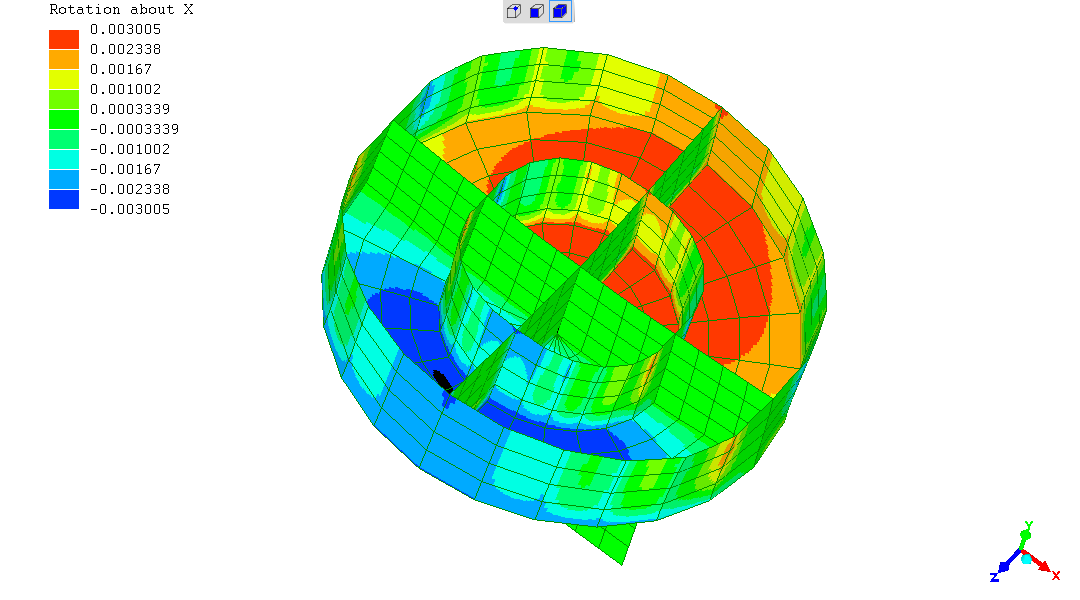
These deformations are around a tenth of a millimetre.
Visualise combining these two into one to see elastic deformation of piston cylindrical shape.
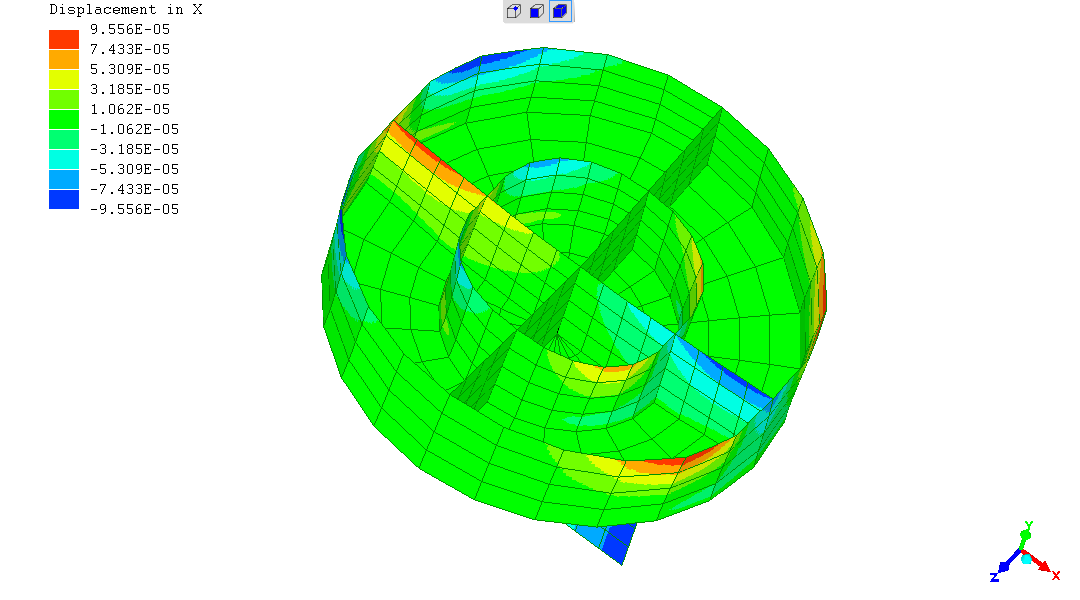
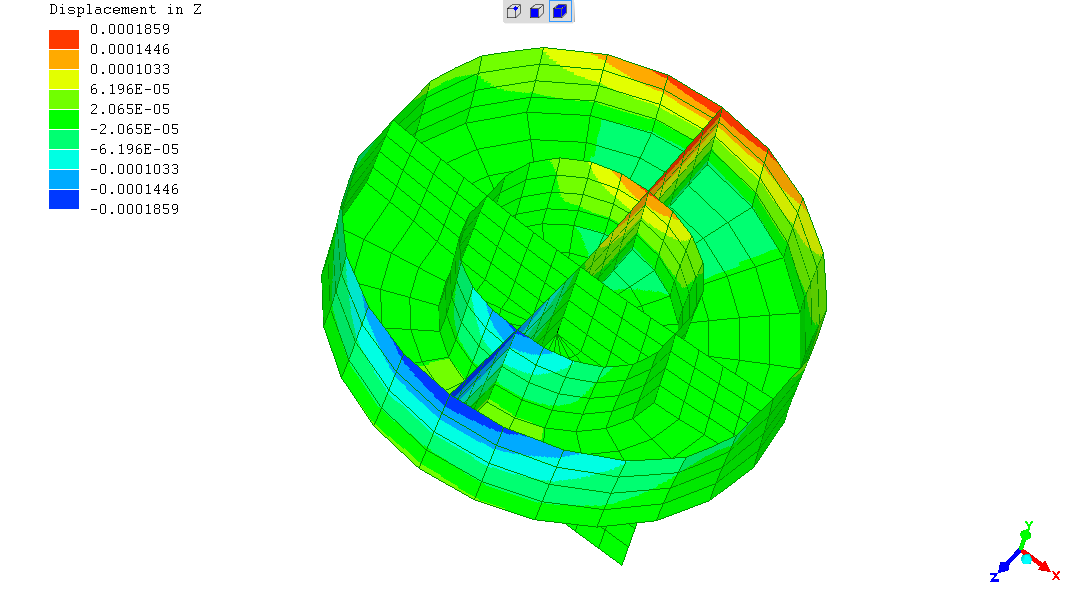
(R. Smith, 02Nov2021, ed. add 03Nov2021)